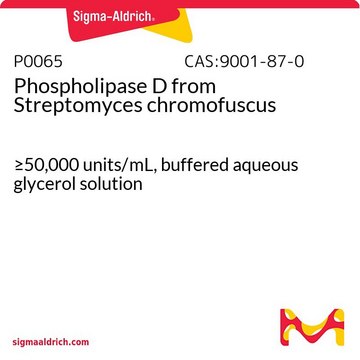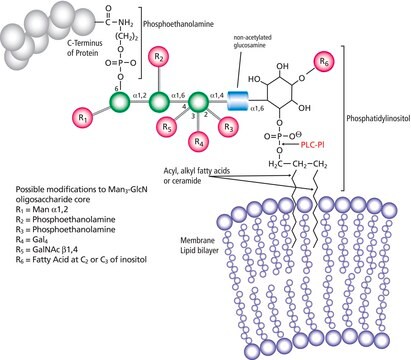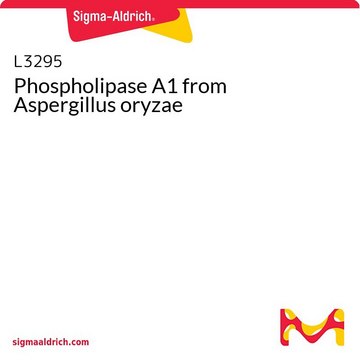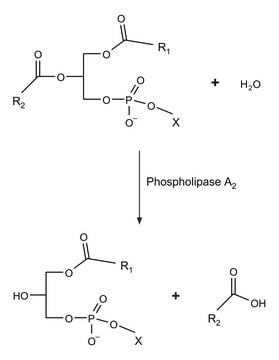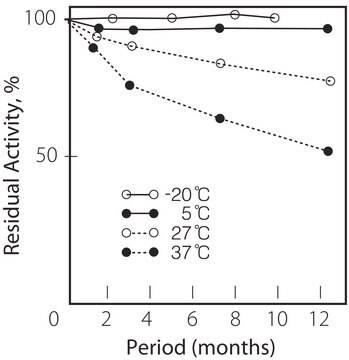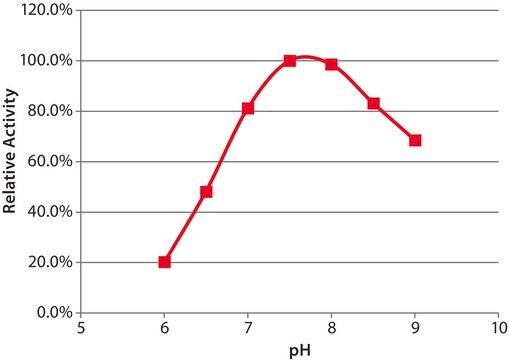MAK137
Phospholipase D Activity Assay Kit
sufficient for 100 colorimetric or fluorometric tests
Sinonimo/i:
PLD Activity Assay Kit
About This Item
Prodotti consigliati
impiego
sufficient for 100 colorimetric or fluorometric tests
Metodo di rivelazione
colorimetric
fluorometric
Malattie correlate
cancer
Temperatura di conservazione
−20°C
Informazioni sul gene
human ... PLD1(5337) , PLD2(5338) , PLD3(23646) , PLD4(122618) , PLD5(200150) , PLD6(201164)
mouse ... PLD1(18805) , PLD2(18806) , PLD3(18807) , PLD4(104759) , PLD5(319455) , PLD6(194908)
rat ... PLD1(25096) , PLD2(25097) , PLD3(361527) , PLD4(362792) , PLD5(289270) , PLD6(287366)
Categorie correlate
Descrizione generale
Applicazioni
Caratteristiche e vantaggi
Compatibilità
Principio
Avvertenze
Danger
Indicazioni di pericolo
Consigli di prudenza
Classi di pericolo
Aquatic Chronic 3 - Resp. Sens. 1
Codice della classe di stoccaggio
10 - Combustible liquids
Punto d’infiammabilità (°F)
188.6 °F - closed cup
Punto d’infiammabilità (°C)
87 °C - closed cup
Scegli una delle versioni più recenti:
Certificati d'analisi (COA)
Non trovi la versione di tuo interesse?
Se hai bisogno di una versione specifica, puoi cercare il certificato tramite il numero di lotto.
Possiedi già questo prodotto?
I documenti relativi ai prodotti acquistati recentemente sono disponibili nell’Archivio dei documenti.
I clienti hanno visto anche
Il team dei nostri ricercatori vanta grande esperienza in tutte le aree della ricerca quali Life Science, scienza dei materiali, sintesi chimica, cromatografia, discipline analitiche, ecc..
Contatta l'Assistenza Tecnica.
